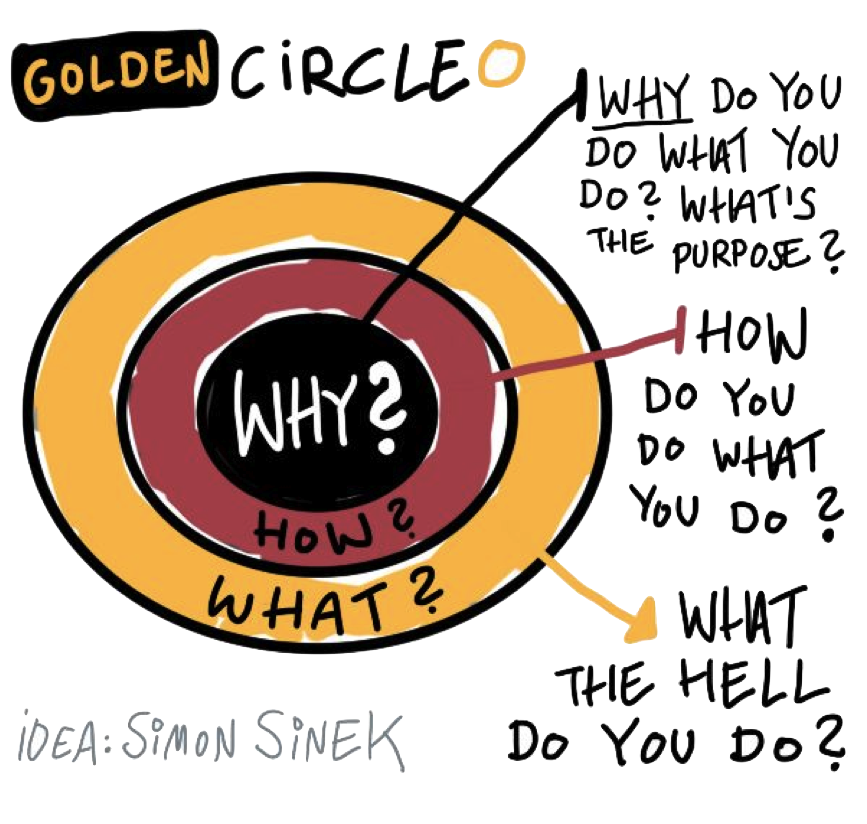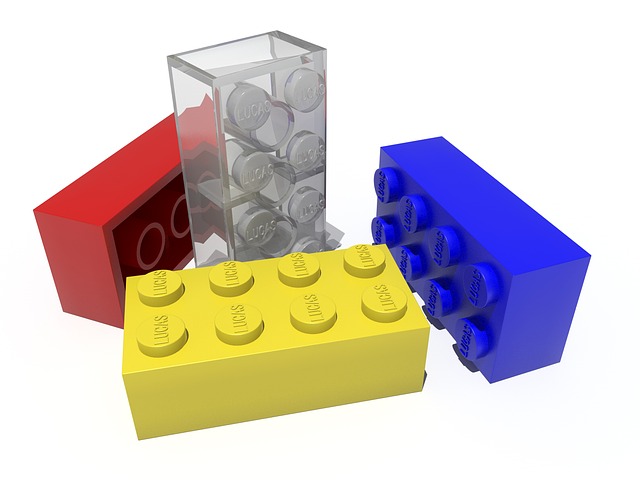February 11, 2020
Welcome
to “Computing for Molecular Biology 2”
What is this about?
The previous course was “Introduction to Data Science”

- also know as “Computers are not typewriters”
This course is “Scientific Computing”
- a.k.a. “Computational Thinking”
- a.k.a. “Quantitative Thinking”
Why?

Why are you here?
Why computers?
for Molecular Biology and Genetics
Computers are rule changers
Because computers are essential tools for Molecular Biologists
They control the instruments
The help us to understand the results
They help us to design the experiments
We will focus on the last 2 items
Software as a Scientific Tool
"Scientists spend an increasing amount of time building and using software.
However, most scientists are never taught how to do this efficiently"
Software as a Scientific Tool
“Software is as important to modern scientific research as telescopes and test tubes”
Software as a Scientific Tool
“…recent studies have found that scientists typically spend more than 30% of their time developing software…”
Software as a Scientific Tool
“We believe that software is just another kind of experimental apparatus and should be built, checked, and used as carefully as any physical apparatus”
Software skills are important
"However, most scientists do not know how reliable their software is.
This can lead to serious errors impacting the central conclusions of published research"
Software skills are important
“Recent high-profile retractions, technical comments, and corrections because of errors in computational methods include papers in Science, PNAS, the Journal of Molecular Biology, Ecology Letters, the Journal of Mammalogy, Journal of the American College of Cardiology, Hypertension, and The American Economic Review”.
Who said so?
Wilson et al. “Best Practices for Scientific Computing.” PLoS Biology 12,1 (2014)
- University of Ontario Institute of Technology, Canada
- Michigan State University, USA
- Space Telescope Science Institute, USA
- University of Toronto, Canada
- Monterey Bay Aquarium Research Institute, USA
- University of California Berkeley, USA
- University of British Columbia, Canada
- Queen Mary University of London,United Kingdom
- University College London, United Kingdom
- University of California Davis, USA
Quantitative Methods
Harvard Medical School
Modern biology increasingly requires computational and quantitative methods to collect, process, and analyze data, as well as to understand and predict the behavior of complex systems.
Quantitative Methods
Harvard Medical School
Whereas throughout much of the 20th century computational and mathematical biology were niche disciplines, their methods are now becoming an integral part of the practice of biology across all fields.
Read more in the paper
Stefan et al. “The Quantitative Methods Boot Camp: Teaching Quantitative Thinking and Computing Skills to Graduate Students in the Life Sciences”. PLoS Comput. Biol. 11, 1–12 (2015).
Learning Goals and Objectives
The authors say:
“We broadly categorize these goals into three domains”
- “thinking”
- “doing”
- “feeling”
Learning Goals and Objectives
The authors say:
Developing practical programming skills (“doing”) is of limited use if one does not also develop both the ability to think about problems algorithmically (“thinking”) and a positive attitude towards computing (“feeling”).
Thinking
Students should be able to
- recognize when you can use computational methods
- analyze a problem to find a computational solution
- use simulations to learn about biological systems
- compare the results of simulations to real-world data
Thinking
- formulate and test hypotheses
- understand a project as a collection of smaller parts
- prepare a plan to solve a problem
- think of ways to test if the computational approach is valid
Doing
Students will be able to
- import large datasets
- put them into appropriate computational structures
- visualize a dataset in multiple ways
- compute summary statistics
(we already did this)
Doing
- use ideas of programming to solve problems
- use trial and error to design a computational approach
- write a program to automatize data analysis
- find and fix errors in a piece of code
Documenting
- read and understand documentation
- read and understand someone else’s code
- document their code
Feeling
Students should
- understand the value of computational approaches
- feel confident about solving a computational problem
- keep working when they find a problem difficult
- recognize that successful coding can be fun as well as useful
Feeling
- know when to ask for help and where to find support
- be willing and ready to learn more
- evaluate the quality of computational methods in science
- help the work of others with examples of good practice
How will we do it?
A lot of practice
Solving problems from Molecular Biology
- genome analysis
- experimental design
Quizzes
Forum
Forum
Remember that you can ask any question related to the course
On the Web:
https://groups.google.com/d/forum/iu-cmbby Email:
iu-cmb@googlegroups.com
You get 1 point for each real question, and 2 points for each practical answer
Online Resources
- YouTube: Study LESS Study SMART - Motivational Video on How to Study EFFECTIVELY
- Tips and Tricks for Answering Hard Questions
Check also References in the course homepage
Practical issues
- Classes on Tuesdays and Wednesdays
- 24 classes in the semester
- Attendance will be taken at the start of each class
- Students must attend at least 70% of the classes
- The attendance book can be seen in Google Sheets.
Homework is not optional
- We will give homework every week
- Homework is mandatory, especially if you are doing the course again
- Homework delivered on time counts as attendance
- Talk with your classmates, and deliver a personal homework
Welcome Survey
- There is a survey in the homepage
- Answer it. It is not optional
- we use this data later
- If you answered in previous years, answer again
Deadline: End of February
Let’s do something fun
Let’s draw
- Take a blank paper and draw Turkey’s flag
- write a text explaining how to draw the flag
- Use Markdown and send it by email
- If you do not have computer, do it in paper
- Always deliver on time
Interesting rules
- Forbidden words:
- moon
- star
- Good words:
- line
- angle
- distance
Key parts of computational thinking
- Decomposition
- breaking down a complex problem or system into smaller parts
- Pattern Recognition
- looking for similarities among and within problems
- Abstraction
- focusing on the important parts only, ignoring irrelevant detail
- Algorithms
- developing a step-by-step solution to the problem
It is not about computers
Computational thinking is about problem solving
Almost any problem can be solved using computational thinking
For example: Sports, Projects, Science
Homework 1
- Describe how to draw this:

Let’s play with LEGO

Animation in Scratch

Key words

- Blocks
- Only a limited set
- Sprite
- X, Y
If you can build with LEGO, you can program
Examples: https://wiki.scratch.mit.edu/wiki/Scratch_Wiki_Home